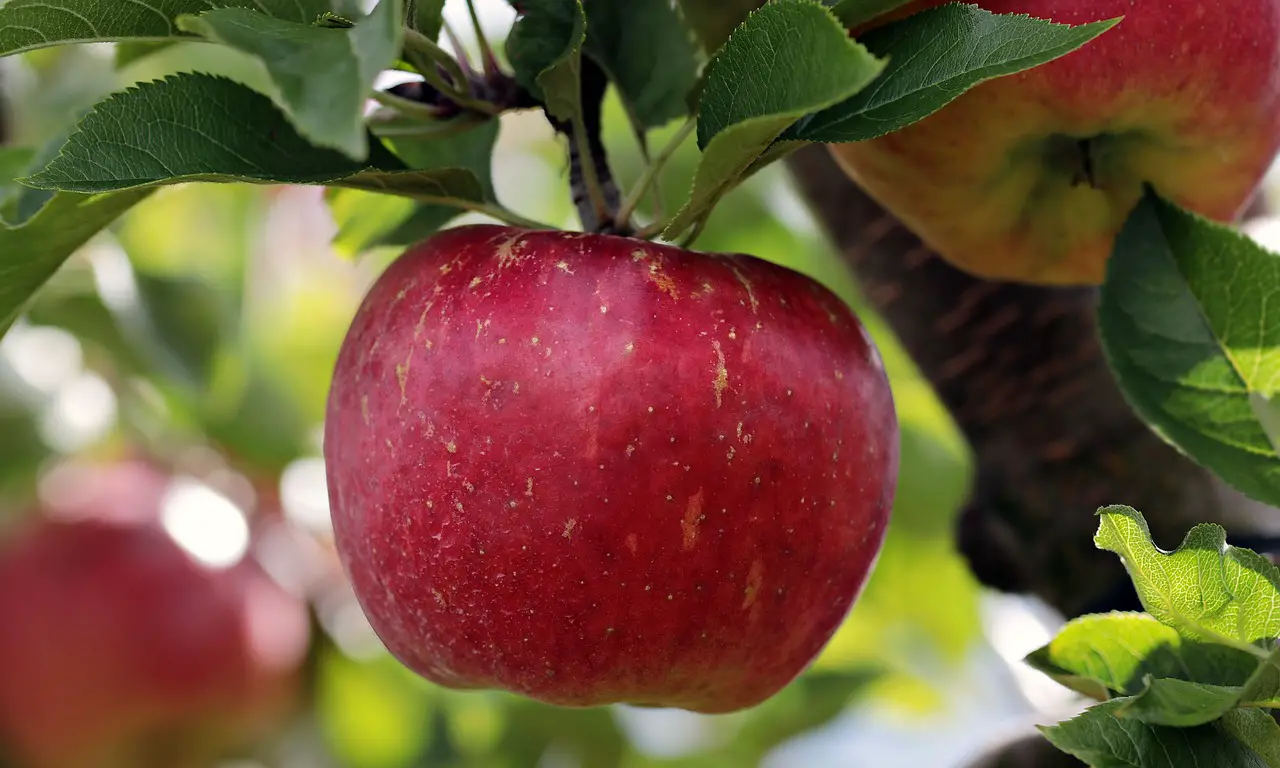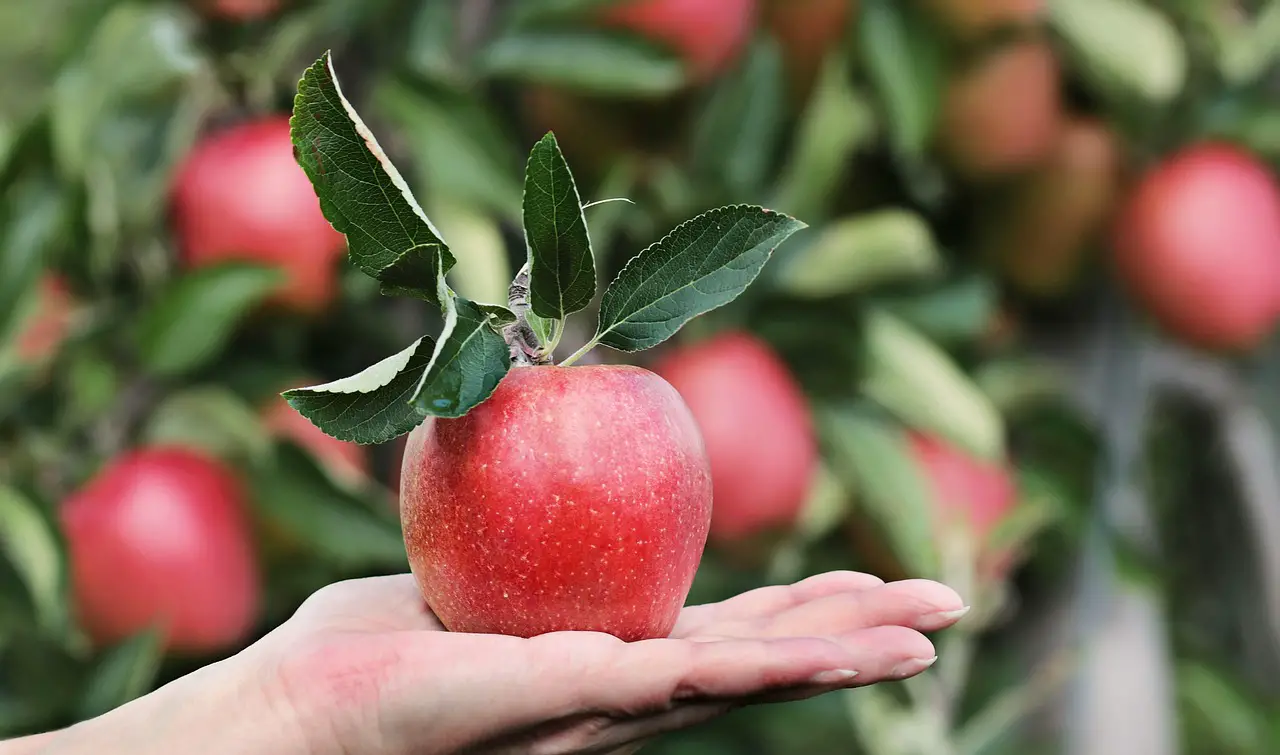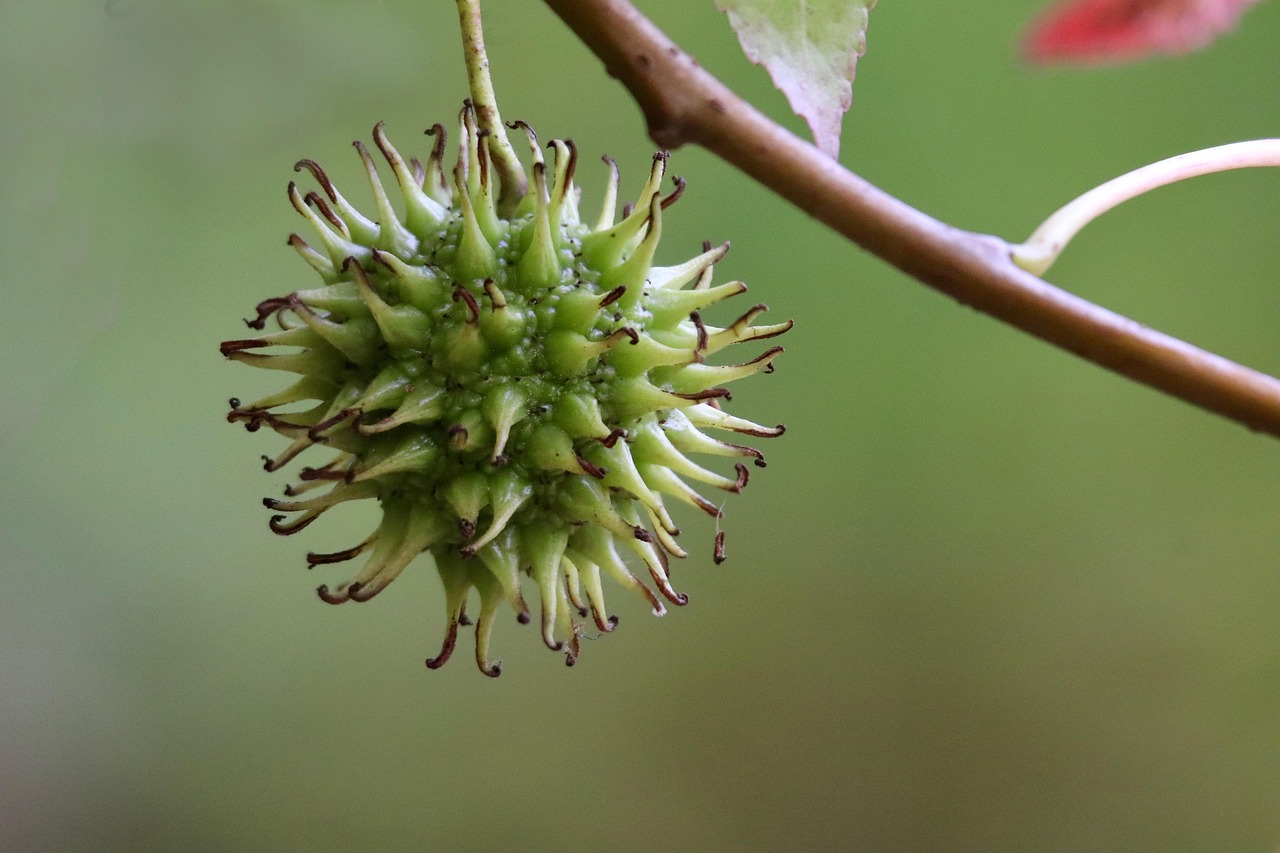Specialized pruning for hybrid fruit trees involves tailored techniques to enhance fruit production, improve tree health, and manage growth patterns. This process requires understanding the specific needs of the hybrid varieties to achieve optimal results.
Hybrid fruit trees, created through the crossbreeding of two or more fruit species, offer unique advantages. They often combine desirable traits such as disease resistance, improved flavor, and higher yields. However, these benefits come with specific growth habits and requirements that differ from traditional fruit trees. Specialized pruning is essential to ensure that these trees thrive and produce fruit effectively.

The practice of pruning is not merely about cutting branches. It is an art and science that requires knowledge of tree biology and the specific attributes of the hybrid varieties in question. Effective pruning can lead to better air circulation, sunlight penetration, and overall tree structure, which are critical for the health and productivity of hybrid fruit trees.
Understanding Hybrid Fruit Trees
Hybrid fruit trees are developed by combining two different species or cultivars to create a new tree with specific characteristics. These trees can exhibit various traits, including:
- Increased fruit quality
- Enhanced disease resistance
- Improved environmental adaptability
- Higher yield potential
While hybrid fruit trees may be more resilient than their parent species, they still require careful management. Understanding their growth patterns is crucial for effective pruning. Each hybrid may have different branching structures, growth rates, and fruiting habits.

Importance of Specialized Pruning
Pruning serves several key purposes in the maintenance of hybrid fruit trees:
- Promotes Healthy Growth: Pruning removes dead or diseased branches. This helps prevent the spread of disease and encourages new growth.
- Enhances Fruit Production: By selectively removing branches, gardeners can direct the tree’s energy towards producing fruit-bearing wood.
- Improves Airflow and Sunlight Exposure: A well-pruned tree allows sunlight to reach all parts of the canopy. This is vital for photosynthesis and overall tree vitality.
- Facilitates Harvesting: Proper pruning shapes the tree for easier access during harvest time, making it more efficient for growers.
The timing and technique of pruning can vary depending on the specific hybrid variety being cultivated. Generally, pruning is done during the dormant season, which is usually late winter or early spring before new growth begins. This timing minimizes stress on the tree and allows it to heal quickly.
Pruning Techniques for Hybrid Fruit Trees
Different pruning techniques are used depending on the desired outcome and the specific needs of the hybrid. Here are some common techniques:

- Crown Thinning: This technique involves removing select branches within the tree’s crown to improve light penetration and air circulation.
- Crown Raising: Removing lower branches encourages upward growth and makes harvesting easier.
- Crown Reduction: This method reduces the height of the tree while maintaining its structure. It is particularly useful for larger hybrids that may become unmanageable.
- Pinching: A technique used primarily for young trees, pinching involves removing the tips of young shoots to promote bushier growth.
A good understanding of each technique will help you determine which method is appropriate for your specific hybrid fruit tree. Additionally, observing how your tree responds to pruning in previous years can guide future decisions on pruning practices.
Tools for Pruning Hybrid Fruit Trees
Using the right tools is essential for effective pruning. Here are some common tools used in the process:
| Tool | Purpose |
|---|---|
| Pruning Shears | Ideal for cutting small branches up to ¾ inch thick. |
| Loppers | Used for larger branches up to 1½ inches thick. |
| Saw | Necessary for cutting larger limbs that cannot be handled by shears or loppers. |
| Pole Pruner | Helpful for reaching high branches without using a ladder. |
Selecting sharp and well-maintained tools ensures clean cuts. Clean cuts heal faster and reduce the risk of disease entering through open wounds. Always sterilize your tools before use, especially when moving between different trees, to prevent cross-contamination.

Regularly assessing your hybrid fruit trees throughout their growing season will help you adapt your pruning strategies as needed. Monitoring growth patterns, fruit production, and overall health will inform your approach to specialized pruning over time.
Timing for Pruning Hybrid Fruit Trees
The timing of pruning is crucial for the overall health and productivity of hybrid fruit trees. Proper scheduling allows for effective healing and encourages new growth at the right times. Understanding the seasonal cycles of your specific hybrid variety is essential.
Most hybrid fruit trees benefit from pruning during their dormant season, which typically occurs in late winter or early spring. This period is ideal for several reasons:
- Minimized Stress: Pruning during dormancy reduces stress on the tree, as it is not actively growing.
- Better Visibility: With no leaves present, it is easier to see the tree structure and make informed cuts.
- Encouraged New Growth: Cuts made during this time stimulate new growth as the tree awakens in spring.
However, some hybrid varieties may require different approaches. For example, summer pruning can also be beneficial for certain types, especially for controlling size and enhancing fruit quality. It is essential to research the specific needs of your hybrid fruit tree to determine the best timing.
Different Pruning Strategies
There are various strategies for pruning hybrid fruit trees, each with its own objectives. Here are some of the most commonly used methods:
1. Formative Pruning
This technique is used primarily on young trees to shape their structure. The goal is to develop a strong framework that will support healthy growth and fruit production later on. Formative pruning typically involves:
- Choosing a central leader or main trunk.
- Removing competing leaders to establish a dominant growth pattern.
- Encouraging lateral branching to create a balanced canopy.
2. Maintenance Pruning
Once a hybrid fruit tree reaches maturity, maintenance pruning becomes essential. This involves regularly assessing the tree and making cuts to maintain its health and productivity. Key points include:
- Removing dead or diseased wood to prevent disease spread.
- Thinning out overcrowded branches to improve airflow.
- Shortening overly vigorous growth to manage size and shape.
3. Rejuvenation Pruning
For older trees that have become unproductive, rejuvenation pruning can be employed. This method involves severely cutting back the tree to encourage new growth. Steps include:
- Identifying weak or old branches and removing them completely.
- Cuts should be made to stimulate growth from lower buds.
- Avoid excessive pruning at once to prevent shock.
Signs That Your Hybrid Fruit Tree Needs Pruning
Recognizing when your hybrid fruit tree requires pruning is vital for maintaining its health and productivity. Here are some key signs:
- Overcrowding: If branches are crossing or crowded, it may be time to thin out some growth.
- Dead or Diseased Branches: Any signs of disease or dead wood should be removed promptly to protect the tree.
- Poor Fruit Production: A decline in fruit yield may indicate that the tree is not adequately structured for production.
- Unusual Growth Patterns: If the tree is growing unevenly or has a misshapen canopy, corrective pruning may be necessary.
Common Mistakes to Avoid When Pruning
A successful pruning session requires attention to detail and knowledge of common pitfalls. Here are mistakes to avoid:
- Pruning at the Wrong Time: Avoid pruning during active growth periods, as this can stress the tree and reduce yields.
- Over-Pruning: Cutting too much can shock the tree and inhibit its ability to produce fruit.
- Ignoring Tree Structure: Failing to consider the natural shape of the tree can result in an unbalanced structure.
- Poor Cuts: Making jagged cuts or tearing branches can lead to increased vulnerability to pests and diseases.
To ensure a successful pruning experience, it’s helpful to plan ahead and educate yourself about your specific hybrid fruit trees. Each variety may have unique requirements that influence how you approach pruning.
Aftercare Following Pruning
After pruning, proper care is crucial for helping your hybrid fruit trees recover and thrive. Here are key aftercare practices:
- Watering: Ensure adequate watering following pruning to support new growth. However, avoid overwatering, as it can lead to root rot.
- Nourishment: Consider applying a balanced fertilizer after pruning, which can provide essential nutrients for recovery.
- Pest Control: Monitor your trees for signs of pests or diseases post-pruning, as open wounds can attract insects.
Caring for your hybrid fruit trees after pruning will set the stage for healthy growth and fruitful harvests in the coming seasons. By being attentive and proactive, you can maximize the benefits of specialized pruning techniques tailored for these unique trees.
Identifying the Right Hybrid Fruit Trees for Your Garden
Selecting the right hybrid fruit trees for your garden is essential for successful cultivation and pruning. Different hybrids offer various benefits, and understanding your climate, soil conditions, and personal preferences will help you make informed choices.
Factors to Consider
When choosing hybrid fruit trees, consider the following factors:
- Climate Compatibility: Different hybrids thrive in varied climates. Ensure that the selected trees are suitable for your region’s temperature and precipitation patterns.
- Soil Type: Soil quality and drainage play a significant role in tree health. Test your soil to determine its pH and nutrient levels, and select hybrids that can adapt to your specific soil conditions.
- Space Availability: Consider the mature size of the hybrid trees. Ensure you have adequate space to accommodate their growth without overcrowding.
- Pest Resistance: Some hybrids are bred for increased resistance to pests and diseases. Choosing these can help reduce maintenance and increase yields.
Popular Hybrid Fruit Trees
Here are some popular hybrid fruit trees that are commonly grown:
| Hybrid Variety | Key Features | Best Uses |
|---|---|---|
| Pluot | A cross between a plum and an apricot; known for its sweet flavor and juicy texture. | Fresh eating, desserts, preserves. |
| Citrange | A hybrid of citrumelo and sweet orange; offers cold hardiness and sweet fruit. | Fresh eating, juices, marmalades. |
| Aprium | A blend of apricot and plum; has apricot-like characteristics with plum sweetness. | Fresh consumption, baking, canning. |
| Peacharine | A cross between a peach and a nectarine; combines the best qualities of both fruits. | Fresh eating, salads, desserts. |
Choosing hybrids with desirable features can enhance your gardening experience and provide an abundance of fruit. Always research the specific needs and characteristics of each variety before planting.
The Role of Pollination in Hybrid Fruit Trees
Successful fruit production in hybrid fruit trees often depends on pollination. Understanding pollination requirements is critical for maximizing yields. Here are some key points regarding pollination:
Self-Pollinating vs. Cross-Pollinating Varieties
Some hybrid fruit trees are self-pollinating, meaning they can produce fruit without the need for pollen from another tree. Others require cross-pollination from a different variety to set fruit. It is essential to know which type your hybrid falls into:
- Self-Pollinating: These hybrids can produce fruit on their own. Examples include certain types of cherries and plums.
- Cross-Pollinating: These require pollen from another compatible variety. Most apple trees fall into this category, requiring at least one other apple tree nearby.
Attracting Pollinators
To boost pollination rates, create an environment that attracts beneficial insects, especially bees. Here are some tips:
- Plant Flowers: Include a variety of flowering plants nearby to provide additional food sources for pollinators.
- Avoid Pesticides: Minimize pesticide use during blooming periods to protect pollinator populations.
- Create Nesting Habitats: Install bee hotels or leave areas of bare ground to encourage solitary bees to nest in your garden.
Seasonal Care for Hybrid Fruit Trees
Caring for hybrid fruit trees involves specific seasonal practices to ensure their health throughout the year. Here’s a breakdown of what to do in each season:
Spring
During spring, focus on the following activities:
- Pruning: Complete any necessary pruning before new growth begins to encourage strong branches.
- Fertilizing: Apply a balanced fertilizer to support active growth as trees awaken from dormancy.
- Pest Monitoring: Keep an eye out for early signs of pests or diseases that may emerge with warmer weather.
Summer
The summer months require vigilant care:
- Irrigation: Ensure consistent watering, especially during dry spells, to support fruit development.
- Pest Management: Continue monitoring for pests and take action as needed to protect your trees.
- Thinning Fruit: If fruits are overcrowded, thin them out to promote larger fruit size and better quality.
Fall
As fall approaches, prepare for the upcoming winter months:
- Pest Control: Implement measures to manage pests that may seek shelter in your trees during winter.
- Avoid Late Fertilization: Do not fertilize late in the season as this can stimulate new growth that will be damaged by cold temperatures.
- Cultural Practices: Clean up fallen leaves and debris around the base of the trees to prevent diseases over winter.
winter
During winter, focus on protecting your hybrid fruit trees:
- Caretaking: If you live in an area with harsh winters, consider applying mulch around the base of the tree to insulate roots.
- Pest Management: Address any overwintering pests by inspecting your trees regularly throughout the winter months.
A well-planned seasonal care routine tailored to your hybrid fruit trees will help ensure they remain healthy and productive year after year. With attention and dedication, gardeners can enjoy an abundant harvest from their hybrid varieties.
Advanced Techniques for Specialized Pruning
In addition to basic pruning techniques, there are advanced methods that can further enhance the health and productivity of hybrid fruit trees. These techniques require a deeper understanding of tree physiology and growth patterns but can yield impressive results when executed correctly.
1. Espalier Pruning
Espalier pruning is a technique where trees are trained to grow flat against a wall or trellis. This method is beneficial for maximizing space in small gardens and can enhance fruit production by exposing more leaf surface area to sunlight. Here are some steps to consider:
- Selecting the Right Variety: Choose hybrids that respond well to espalier techniques, such as apples and pears.
- Training the Tree: Start training young trees, tying branches to a support structure as they grow.
- Regular Maintenance: Continuously prune new growth to maintain the desired shape and encourage fruiting along the branches.
2. Renewal Pruning
Renewal pruning focuses on removing older branches to stimulate new growth. This approach is particularly useful for older hybrid trees that may have reduced yields. Key aspects include:
- Identifying Old Branches: Look for branches that are unproductive or show signs of decline.
- Staggered Removal: Remove a portion of older branches each year rather than all at once to prevent shock.
- Encouraging New Growth: By removing older branches, you encourage the tree to produce new, fruitful branches.
3. Precision Thinning
This technique involves selectively removing fruit from branches early in the season to ensure that remaining fruit develops larger and with better quality. Important considerations include:
- Timing: Thin fruit when they are small, typically about the size of a marble.
- Spacing: Aim for spacing of 4 to 6 inches between remaining fruits to allow adequate room for growth.
- Balancing Yield: Precision thinning can help manage the tree’s energy and resources, leading to better quality fruit.
Understanding Tree Health and Nutrient Requirements
A comprehensive understanding of tree health and nutrient needs is essential for successful hybrid fruit tree cultivation. Regularly assessing soil health and tree vitality can help gauge the effectiveness of your care practices.
Soil Testing
Conducting soil tests can reveal important information about nutrient levels, pH balance, and soil texture. This information allows you to tailor your fertilization and care strategies effectively. Key points include:
- Nutrient Deficiencies: Common deficiencies include nitrogen, phosphorus, and potassium. Amend your soil accordingly based on test results.
- pH Levels: Most fruit trees prefer slightly acidic to neutral soil (pH 6.0-7.0). Adjust soil pH if necessary using lime or sulfur.
- Organic Matter: Incorporate organic matter like compost to improve soil structure and fertility over time.
Pest and Disease Management Strategies
Effective pest and disease management is essential for maintaining healthy hybrid fruit trees. Integrated Pest Management (IPM) combines various strategies to minimize damage while protecting beneficial organisms. Consider these practices:
- Monitoring: Regularly inspect your trees for signs of pests or diseases.
- Cultural Practices: Promote tree health through proper watering, mulching, and sanitation practices that discourage pest infestations.
- Biological Control: Introduce beneficial insects like ladybugs or lacewings that naturally control pest populations.
Final Thoughts
Specialized pruning for hybrid fruit trees is an art that combines knowledge of tree biology with practical skills. By understanding the unique characteristics of hybrid varieties and implementing tailored pruning techniques, gardeners can foster healthy growth and optimize fruit production.
The journey of cultivating hybrid fruit trees is rewarding and offers the promise of bountiful harvests. Through careful selection of varieties, diligent seasonal care, and advanced pruning methods, you can create a thriving garden that produces delicious fruit for years to come.
As you embark on this journey, remember that patience and observation are key. Each tree has its own personality and will respond differently to your care. With dedication, you will unlock the full potential of your hybrid fruit trees, enjoying not only the fruits of your labor but also the beauty they bring to your landscape.
